Listed buildings: Saving the history on your doorstep
This year is the 70th anniversary of the Town and Country Planning Act 1947, which laid the foundation for the modern system of listing buildings. Roger Bowdler of Historic England charts its history.

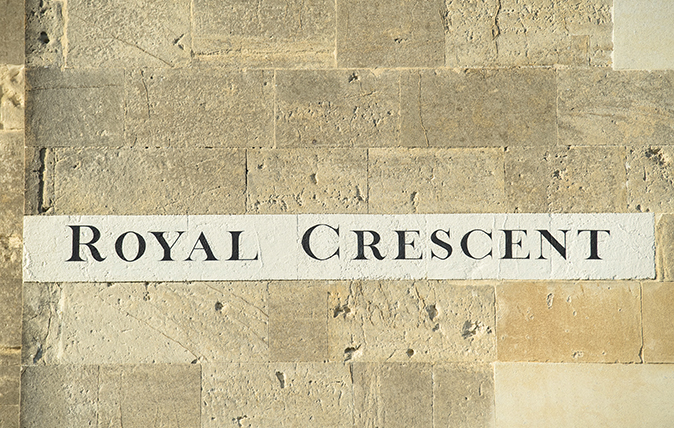
What do Salisbury Cathedral, the Post Office Tower, the hennery-piggery at Sedbergh and 2,575 telephone kiosks have in common? They’re all listed – included on the National Heritage List for England as items of special architectural or historic interest – which, in practical terms, means they get looked after in the planning system.
Seventy years ago, in the summer of 1947, listing emerged as we know it today. Like free school milk, national parks and the National Health Service, it was one of the products of the Welfare State. In one sense, listing is the means by which Government fulfils John Ruskin’s hope, as set out in The Stones of Venice in 1848, that the greatest buildings of the past be handed on securely to future generations.
The state first became involved in ancient sites in 1882, when the first Ancient Monuments Protection Act was passed, but any attempt to extend control beyond ruined and inert sites was resisted: the 1913 Amendment Act specifically excluded churches in active use or occupied dwellings. A clause in the Housing Act of 1923 introduced the possibility and was reinforced in the Town and Country Planning Act of 1932, but the measures lacked teeth and a separate system was clearly needed.
The pace of development-led destruction in the 1930s fertilised the voluntary conservation movement, but it took the grim reality of bombing for the state to become involved. Architects and historians banded together to record key buildings before they fell. War was no respecter of lists, but at least special consideration could be taken in the clean-up and rebuilding operations. That remains the fundamental purpose of listing: to ensure that the special receives that extra bit of thought.
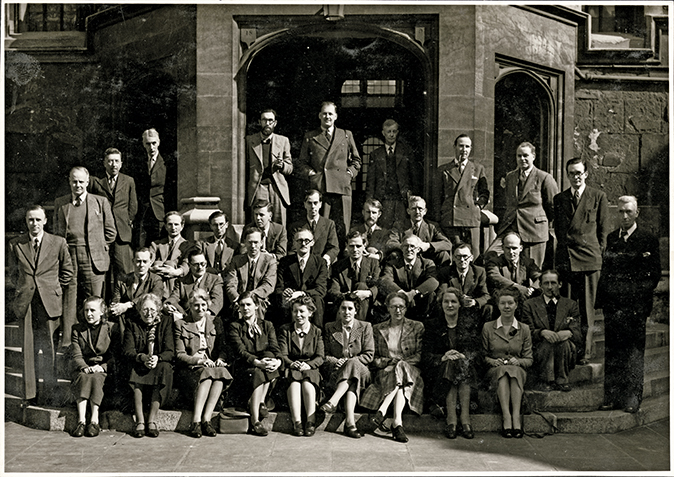
The new Ministry of Town and Country Planning, formed in 1943, swung into action. Planning Acts in 1944 and especially 1947 created much of today’s system. The earliest listings date from 1946: Gosfield Hall in Essex is regarded as the first building to be so designated. The practical consequences were initially limited: any owner intending to demolish a listed building was obliged to notify the local planning authority, itself a new concept, which could in turn serve a building preservation order.
Only in the Planning Act 1968 was a specific requirement introduced that consents needed to be secured for any work that affected the character or special interest of a building. This remains integral to the planning system and, contrary to received opinion, most applications for change are approved.
Listing is now run by Historic England. It does not, however, make the final decision: that remains with the Department for Culture, Media and Sport; it’s thought decisions that affect property rights are ultimately in the hands of elected public figures. In 99.8% of cases, the Secretary of State agrees with Historic England – predictably, perhaps, it tends to be over modern buildings that differences occur.
Exquisite houses, the beauty of Nature, and how to get the most from your life, straight to your inbox.
We have a complicated system. Archaeology is scheduled: it’s the oldest of the categories and one that triggers direct involvement by Historic England in any intervention. Fewer than 20,000 Scheduled Monuments are on the List, ranging from prehistoric stone circles to a stretch of Brooklands racetrack in Surrey. More common categories are Roman villas, monastic sites and castles.
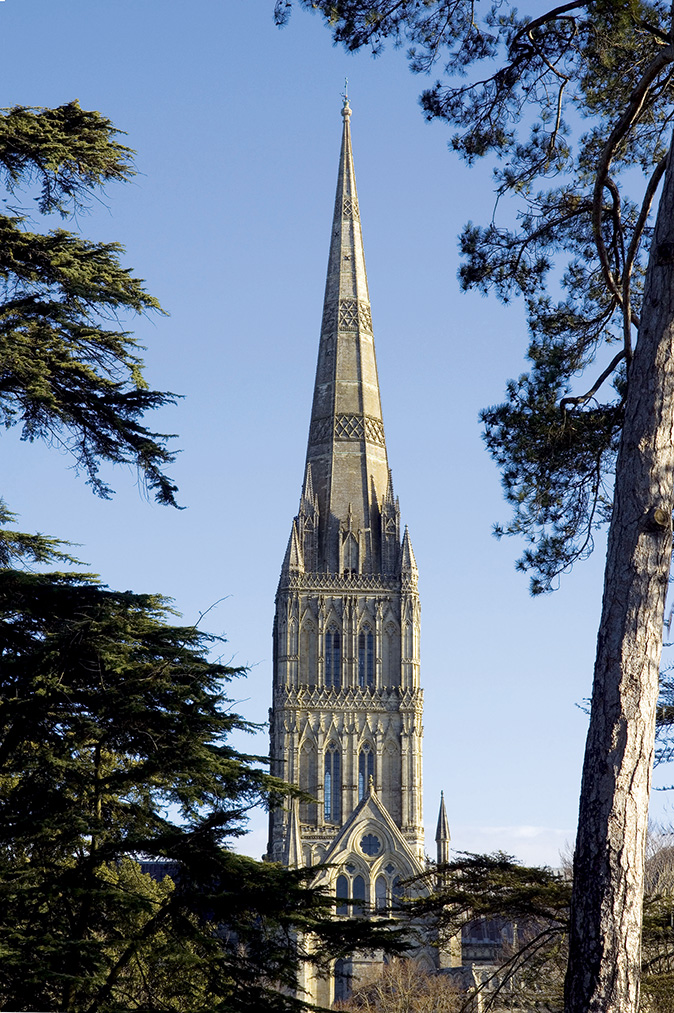
The next oldest category is listing and, with some 378,000 entries on the National Heritage List for England, it’s by far the largest. We don’t know how many buildings this covers, as some entries, such as the Grade I-listed Royal Crescent in Bath, consist of multiple houses. Unlike scheduling, listing is mandatory: if special architectural or historic interest is present, then onto the List it goes. It’s a subjective exercise – how could it not be? – and inevitably subject to challenge.
Then, there are the smaller designation varieties: the 1,650 designed landscapes, the estates, parks and cemeteries added as a category in 1983; the 50-odd protected wrecks (following a 1973 Act). Youngest of all are the registered battlefields, added in 1995 and now covering 46 sites.
Collectively, these comprise the National Heritage List, which will soon pass the 400,000th entry mark. This is more a reflection of the depth of history and fascination of this country rather than any desire to cover it in the red dots of bureaucracy.
Can the system be further improved? In 2007, a Bill reforming the system was presented to Parliament, but not taken forward. Plenty of its recommendations have, however, been acted upon. Having been rather an obscure and bureaucratic concept, the List is now available on the internet. Last year, the site had nearly three million visits.
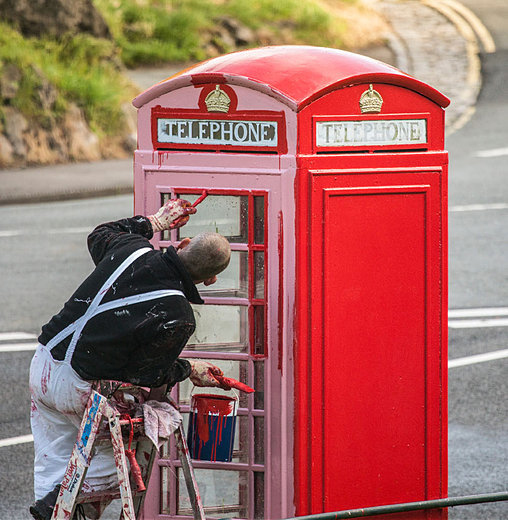
Owners can now enter Heritage Partnership Agreements, to side-step needless consent processes for routine or repeated works. They can apply to Historic England to re-list their property: this can be useful in defining just what parts of a complex are covered – Historic England can only claim the actual costs incurred. A recent case was the Natural History Museum: Waterhouse’s 1870s masterpiece retained its Grade I status and gained a clear articulation of what made it so special, including a categorical exclusion of a 1970s extension, which all parties agreed was helpful in providing greater clarity.
It is this issue of keeping the List up to date, through additions, amendments and de-listings, which is the biggest challenge of all. Most entries date from the 1980s, when Michael Heseltine – a hero of listing – greatly boosted the re-listing programme to stop episodes such as the pre-emptive slighting of the about-to-be-listed Firestone Factory in west London from happening again. Listing was carried out without consultation until 10 years ago: now, owners are notified that it’s being considered and invited to comment on the factual aspects of the assessment.
New discoveries are still considered and thematic projects add less-understood or overlooked categories to the List. Sometimes, as in Bristol (Athena, September 13, 2017), some buildings deserving of protection slip through. Discussions are under way about interim protection during this stage.
At present, these projects include a major programme of war-memorial listing, studies of post-Second World War schools, railway bridges, obsolete gas holders, coal-fired power stations and a number of area regeneration studies called Heritage Action Zones. What we value changes: recent listings include a Victorian south London pub, the Royal Vauxhall Tavern and a 1982 bust of Nelson Mandela.

The latest twist is an appeal to the public to join in: we call it Enriching the List. Launched in 2016, it opened up the List to public contributions. So far, 8% of entries have benefited from this. There is more investigation of old buildings going on than ever before: some of this arises from the planning system, but much arises from the mushroom growth of local history. If the List can keep up with this, and attract more people to share their insights, while respecting privacy, then it will enter a new epoch of public involvement and enhanced understanding.
Listing wasn’t intended to pickle buildings or to prevent sensible or imaginative things from happening. Wembley Stadium was listed, but it was demolished to enable a larger one that would better serve the public interest. St Pancras and King’s Cross stations have become even better because of these changes, showing that progress and respect for heritage are firmly compatible.
There are frustrations about what can and can’t be permitted to happen to listed buildings, but there’s guidance aplenty and an experienced architect or agent should be able to head off proposals that are unlikely to win consent. Only some 2% of dwellings are listed – plenty of unlisted buildings are available, therefore, for lively experiments.
Recently, it was established that 99% of the population of England lives within one mile of a listed place. There’s history on everyone’s doorstep and, thanks to listing, we have a national system capable of ensuring its transmission to future generations.
Degrees of listing explained
Grade I
Buildings of ‘exceptional interest’; these represent 2.5% of entries on the List
Grade II*
‘Particularly important buildings of more than special interest’ (6% of entries)
Grade II
All the rest, which are of ‘special interest’ historically or architecturally
The local planning authority grants Listed Building Consent and must consult Historic England on any applications relating to Grade I or II* buildings or demolition (in whole or part) of Grade II buildings. National societies, such as the Georgian Group, are also asked for comments. Listed status introduces extra oversight, but unlocks further grant support, such as for buildings at risk.

Credit: Alamy
250 years of Bath’s Royal Crescent: From Druidic influences to big screen fame
2017 marks 250 years since the first foundation stone was laid.
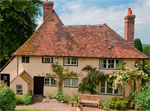
How to restore a listed building
If you're planning a restoration, or any works on your listed building, make sure you consult our guide to who's
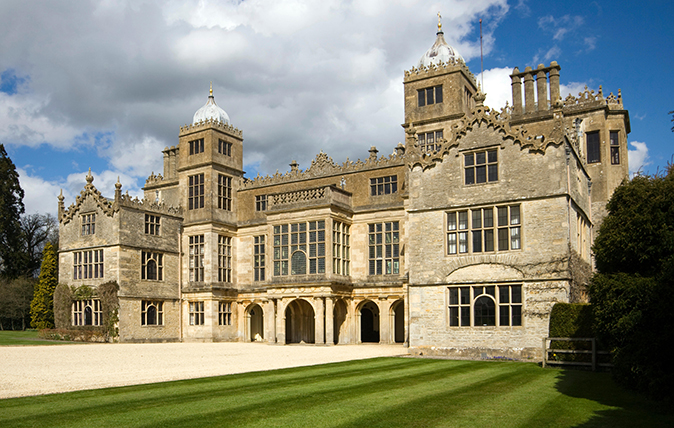
Credit: Alamy
Buying a listed building: The dos and don’ts you need to know
Buying a listed property in need of restoration is not for the faint of heart, but follow these few simple
Country Life is unlike any other magazine: the only glossy weekly on the newsstand and the only magazine that has been guest-edited by His Majesty The King not once, but twice. It is a celebration of modern rural life and all its diverse joys and pleasures — that was first published in Queen Victoria's Diamond Jubilee year. Our eclectic mixture of witty and informative content — from the most up-to-date property news and commentary and a coveted glimpse inside some of the UK's best houses and gardens, to gardening, the arts and interior design, written by experts in their field — still cannot be found in print or online, anywhere else.
